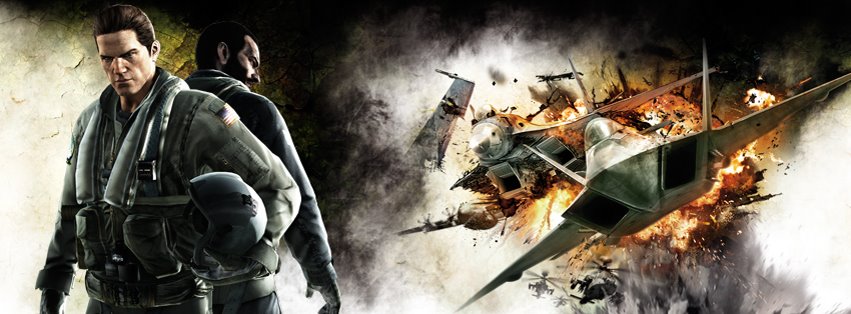About the add-on aircraft available
X-Plane comes with about 40 airplanes, but in the 20 years we’ve been doing this, no one has ever said “40 airplanes, huh? That’s probably all I’ll ever want to fly.” Of course you want more aircraft! More to the point, you want to fly the same aircraft in X-Plane that you fly in the real world. Luckily, X-Plane makes it easy to add an unlimited number of custom aircraft.
There are two varieties of aircraft available for the simulator: freeware planes (which are free) and payware planes (which—you guessed it—cost money). As with most things, you generally get what you pay for when it comes to these planes. Certainly there are many, many freeware planes that are fun to fly, with reasonably accurate flight models, but if you want the most realistic instrument panels and models, you’ll probably have to pay for it.
Where do you find free aircraft?
There are a few great places to find new aircraft. One is the X-Plane 10 Aircraft page on our fan site, X-Plane.org. (Note: Before downloading from X-Plane.org, you’ll need to create a free account there.) Another is the X-Plane France site.
Most of the airplanes on those sites are free (known as “freeware” in the flight sim world), but a small number require purchasing (these are “payware”). Hint: You can sort the aircraft on X-Plane.org by “highest rated” to get the best aircraft models first.
To get you started, here are a few more of my favorite freeware airplanes:
- Piper PA–28–181 Archer III
- Dassault Falcon 7X
- XtremeAir Sbach 300 Aerobatic Airplane
- Antonov An–2
- ICON A5 Amphibious Airplane
- Airbus A330–300
- AT–6G Texan Military Trainer
- Robin DR.221 Light Sport Aircraft
- Boeing B–17G Flying Fortress
- QPAC Airbus A320
- Eurocopter EC135 Helicopter
Where do you get the best aircraft for training?
When it comes to paying for the highest-quality aircraft, there are a few places that I would recommend looking first.
If you’re especially interested in practicing IFR approaches, check out the products from Fly This Sim. They sell a number of aircraft models with some of the most realistic avionics simulations available. Here are a few of my favorites:
- Garmin 430W and 530W simulators:
- Cessna 172-P carbed, 172-R, 172-S injected, 182 Turbo, 182-T, 421C, and 414A, with high-quality Garmin 430W and 530W simulation
- Beechcraft Bonanza A36, A36TC, Baron 58, Baron58TC, and Travelair, with high-quality Garmin 430W and 530W simulation and STEC55X autopilot
- Piper Arrow IV, Archer III, Seminole, and Seneca V, with high-quality Garmin 430W and 530W simulation and STEC55X autopilot
- King Air A100, King Air B200, King Air BE1900, King Air C90B, Pilatus PC12, and Piper Cheyenne, with high-quality Garmin 430W and 530W simulation and STEC55X autopilot
- Diamond DA20 with dual Garmin 430 simulation and STEC55X autopilot
- Garmin G1000 simulators:
- Cessna 182T Skylane, 172S Skyhawk SP, and 172R Skyhawk with high-quality G1000 simulation
- Cirrus SR20, SR22, and SR22T with high-quality G1000 simulation
- Cessna 350 Corvalis and 400 Corvalis TT with high-quality G1000 simulation
- Beechcraft Bonanza A36/G26 and Baron 58/G58 with high-quality G1000 simulation
Note that all of the above models require that you first buy and install the $40 SimAVIO 2 panel. The models are all pretty pricey (ranging from an additional $30 up to $100), but the avionics are second only to having a dedicated $1000+ piece of real-world flight hardware connected to the simulator. (Note also that the SimAVIO aircraft above will only work in Windows.)
If you instead fly airliners, you’ll be interested in the following add-ons:
- CRJ–200 with in-depth systems and avionics modeling
- Boeing 787 (officially licensed model)
- Boeing 777 (officially licensed model) with realistic FMC
- Boeing 727–100, 727–200F, and 727–200Adv with detailed systems modeling
- “x737” Boeing 737NG
- This is a free download with an very accurate flight model, but to get a highly realistic panel, you’ll want the payware x737 FMC add-on.
You downloaded an aircraft… Now what do you do with it?
When you download a custom aircraft from the web sites above, it will typically be in a compressed folder (usually a ZIP file) that contains the airplane and all its various paint jobs, airfoils, etc. Once that compressed folder is downloaded, you should be able to double-click on it to open or expand it.
You should move the contents of that compressed folder into the folder called “Aircraft” within the X-Plane 10 directory. If you followed the instructions in the previous email I sent, you should be able to find the X-Plane 10 directory on the Desktop. So, to install your custom aircraft, just:
- Double-click on the X-Plane 10 folder on the Desktop.
- In that folder, double-click on the “Aircraft” folder.
- Open the compressed folder that you previously downloaded and drag-and-drop its contents into the window that you opened the “Aircraft” folder in.
Be sure to place the new aircraft files in a folder with the name of the aircraft—for instance, for a newly downloaded Piper J–3 Cub, the folder path in Windows might look like this:
C:\Documents and Settings\User\Desktop\X-Plane 10\Aircraft\Piper Cub
With the new aircraft in the proper directory, open up X-Plane. In the aircraft selection portion of the Quick Flight Setup window, you can now click on the aircraft you just added. Cool!
At this point, all that’s left is to go flying
See DLCs for more info
